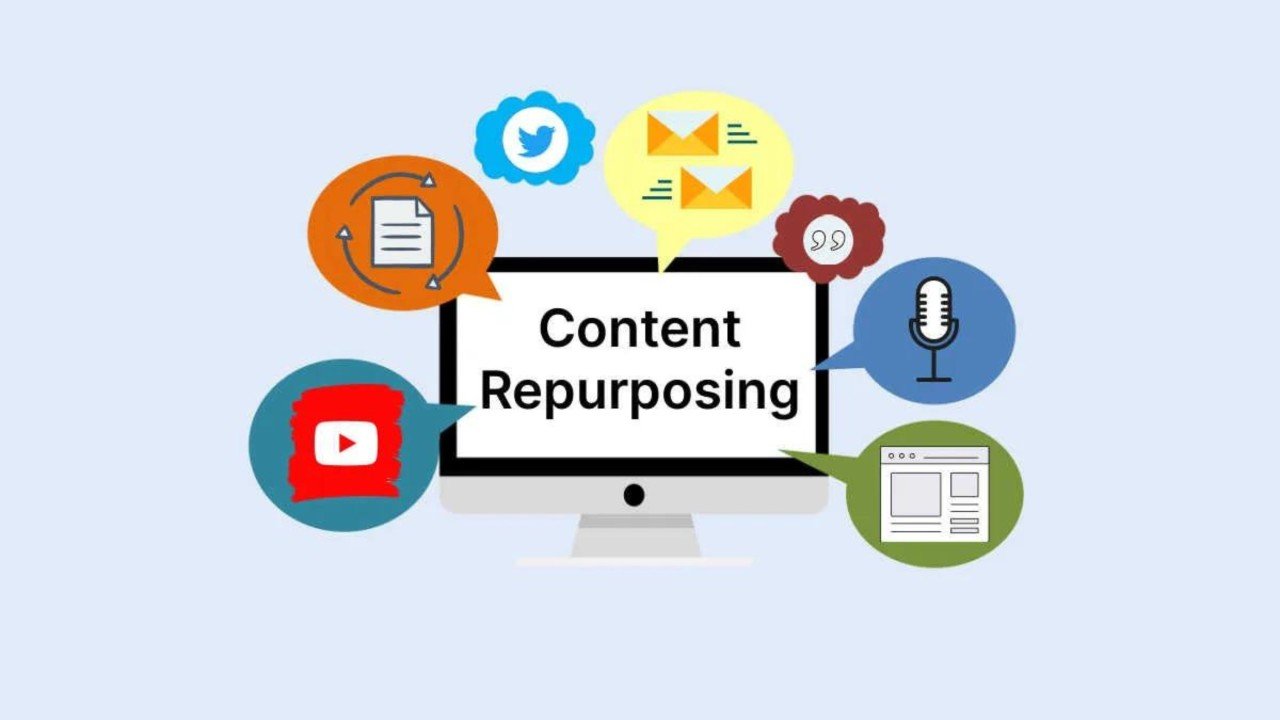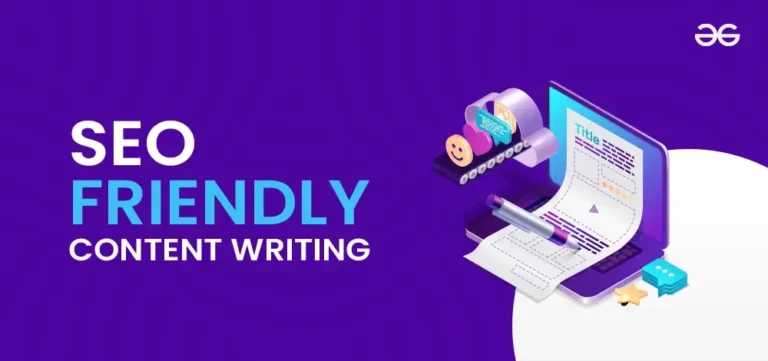Repurposing Content for Multi-Platform Success: An In-Depth Guide for 2025
As the content landscape continues to evolve in 2025, brands must adapt by maximizing the value of each piece they produce. This is where content repurposing becomes invaluable, transforming a single asset into multiple formats to reach diverse audiences across platforms. Repurposing content not only saves time and resources but also extends reach, enhances engagement, and strengthens SEO performance.
In this detailed guide, we’ll explore everything you need to know about repurposing content for multi-platform success and provide advanced tips and strategies.
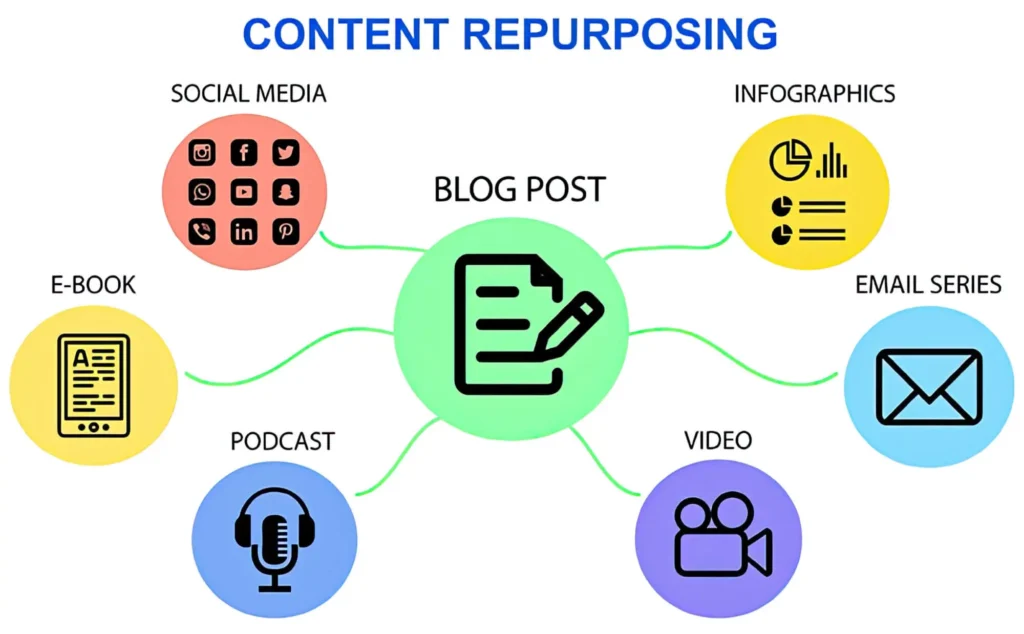
Why Repurposing Content is Essential for Modern Marketing
1. Maximizing Content Investment
Content creation requires substantial time, budget, and effort. By repurposing high-performing content, brands can extend the lifespan of each piece, ensuring the maximum return on investment (ROI). Instead of creating from scratch, brands can refresh, adapt, and distribute existing content in new ways, saving significant resources.
Example: A brand that invests in a high-quality, data-driven blog post could repurpose it into social media snippets, an infographic, a podcast, and a series of emails, reaching multiple audience segments without additional content creation costs.
2. Reaching New Audiences on Diverse Platforms
Different platforms attract different audiences, each with unique preferences. For example, LinkedIn’s audience may prefer in-depth articles, while TikTok users prefer short, dynamic videos. Repurposing content allows brands to reach a broader audience by adapting material to each platform’s style and user base, increasing the likelihood of engagement and conversion.
Pro Tip: Research each platform’s demographics and engagement patterns to tailor repurposed content. Tools like Google Analytics and social media insights provide valuable data on audience behaviors and preferences.
3. Improving Search Engine Optimization (SEO)
Repurposed content helps strengthen SEO by creating multiple assets around a single topic, allowing brands to rank for various keywords and increase organic visibility. Each repurposed piece can target related search queries, expanding the reach of the original content.
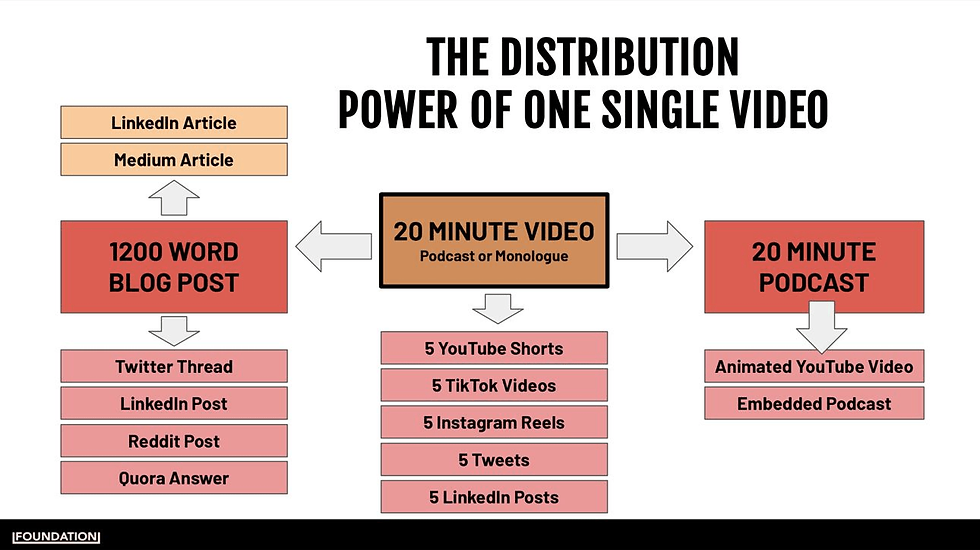
Step-by-Step Guide to Content Repurposing
1. Identify Content with High Repurposing Potential
Not all content is suited for repurposing. Focus on material that aligns with your marketing goals and resonates with your target audience. High-performing, evergreen content that addresses frequently asked questions, solves problems, or provides unique insights is ideal for repurposing.
Checklist for High-Repurposing Potential:
- Performance Metrics: Content with high engagement, views, or shares.
- Relevance: Evergreen topics that remain useful over time.
- Versatility: Content that can be broken down or expanded easily.

2. Choose Your Repurposing Formats
Different formats work best for specific platforms and audience preferences. Here’s how to approach each format effectively:
- Blog Posts to Video: Blog posts packed with actionable tips or insights make excellent videos. Use a conversational tone to make complex topics accessible and engaging.
- Data-Driven Articles to Infographics: Summarize data-heavy articles with visuals for platforms like Pinterest and LinkedIn, where infographics perform well.
- Podcast Episodes from Blog Content: Reformat blog content into a podcast by discussing the main points with added anecdotes and insights. Podcasts are ideal for users who prefer listening on the go.
Example: A case study blog post could be repurposed into a short video summary for YouTube, an infographic for LinkedIn, and individual client quotes for Instagram.
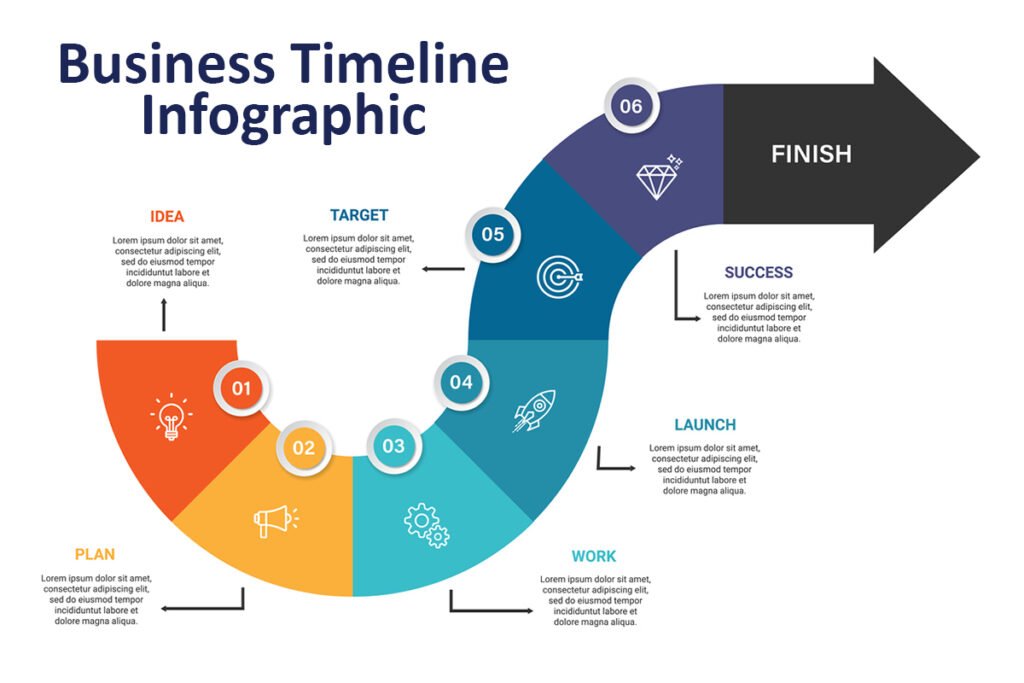
3. Implement the COPE (Create Once, Publish Everywhere) Strategy
The COPE method ensures a streamlined approach to content repurposing by planning distribution for multiple formats and platforms from the start. By breaking content into “chunks,” brands can publish across channels without duplicating efforts, reinforcing a consistent message.
COPE Workflow:
- Create: Develop a core, high-quality piece of content.
- Adapt: Modify the content into various formats, such as video, social posts, and slides.
- Distribute: Share on each platform with optimized formats and captions for maximum impact.
Example: A white paper on industry trends can be broken down into blog articles, email newsletters, social media posts, and a webinar, expanding the reach and longevity of the original asset.
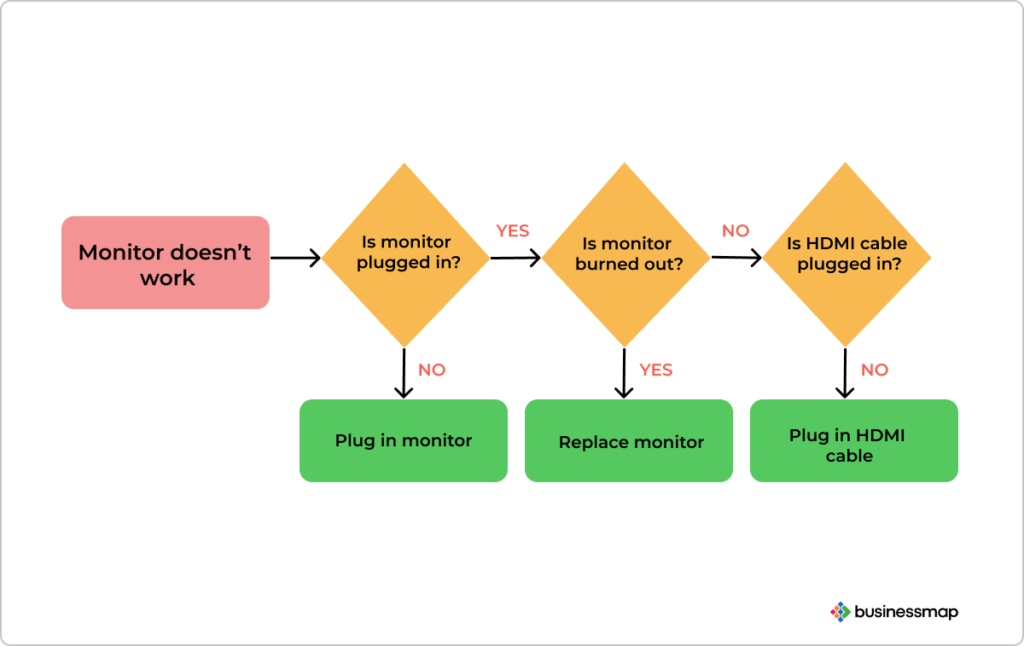
4. Advanced Techniques for Video Content Repurposing
Video is one of the most versatile and engaging formats for repurposing. Here’s how to break down a single video into multiple assets:
- Create Short Clips for Social Media: Use highlights from longer videos to make short, engaging clips for Instagram, TikTok, or Twitter.
- Extract Audio for Podcast Episodes: Convert the video’s audio into a standalone podcast episode, or use it in an email series.
- Use Transcripts for Blog Posts: Turn video transcripts into blog posts or articles, which can also boost SEO by including keywords and adding internal links.

Practical Examples of Repurposing Content Across Platforms
1. Turning Webinars into Blog Posts, Slides, and Social Posts
Webinars are often rich with insights, making them perfect for multi-platform repurposing. Break down a webinar into blog posts, slideshows, social snippets, and quotes for continuous engagement.
Steps for Webinar Repurposing:
- Write a Recap Blog Post summarizing key points and takeaways.
- Create Social Media Graphics featuring quotes from guest speakers.
- Turn Key Points into a Slide Deck and publish on SlideShare or LinkedIn.

2. Infographics from Data-Heavy Content
If you have data-driven reports or whitepapers, infographics offer a quick, engaging way to share information. This visual format is particularly effective on Pinterest, LinkedIn, and Instagram, where users prefer digestible, shareable content.
Tips for Effective Infographics:
- Use simple, clear icons and charts to convey complex data.
- Include a clear title and captions for context.
- Make it shareable by optimizing dimensions for each platform.
Example: Take a report on industry trends and extract the most impactful data points to create an infographic that summarizes the findings, which can be shared on LinkedIn to increase visibility among professionals.
3. Creating Email Campaigns from Blog Series
A blog series can easily be repurposed into an email campaign that educates subscribers over a few days or weeks. Each email can highlight a unique section of the blog series, creating an engaging, multi-part experience for readers.
Steps to Build an Email Campaign from Blog Content:
- Identify Key Sections: Break down each blog into a short email with a clear call-to-action.
- Create Custom Subject Lines: Tailor each subject line to reflect the content of the email.
- Add Exclusive Tips: Encourage readers to open emails by offering bonus insights not available in the original blog posts.
Example: A digital marketing agency could repurpose a “Complete Guide to SEO” blog series into a five-part email course, helping subscribers tackle SEO step-by-step.

Leveraging AI for Smarter Content Repurposing
1. Automated Content Summarization and Extraction
AI tools can automatically summarize articles, making it easier to create social media snippets or email campaigns from longer posts. These tools save time by quickly identifying key points, turning articles into multiple shareable pieces.
Example: Use an AI tool like Lumen5 to generate short videos from blog post summaries, ideal for platforms like TikTok and Instagram Stories.
2. Text-to-Speech and Speech-to-Text Applications
Text-to-speech software can turn blog posts into audio files for podcast listeners, while speech-to-text tools help convert video or podcast content into written formats like articles and transcripts.
3. Optimized Content for Diverse Audiences with AI Insights
AI algorithms can analyze user preferences across platforms, suggesting content formats and keywords that appeal to each audience. This ensures that repurposed content resonates with target demographics, leading to better engagement and reach.
Example: AI insights can indicate that LinkedIn followers prefer infographics while Instagram users engage more with short video content, helping brands tailor their approach.
Measuring the Impact of Repurposed Content
Key Metrics to Track
To gauge the effectiveness of repurposed content, track these essential metrics:
- Engagement Rates: Analyze likes, shares, comments, and views on social media to measure interaction.
- Traffic and Click-Through Rates (CTR): Monitor the traffic generated by repurposed content back to your website.
- Conversion Rates: Determine how many users took desired actions, such as signing up, downloading, or purchasing, after interacting with the content.
- Cost Efficiency: Compare the cost of creating new content versus repurposing and measure the ROI of repurposed assets.
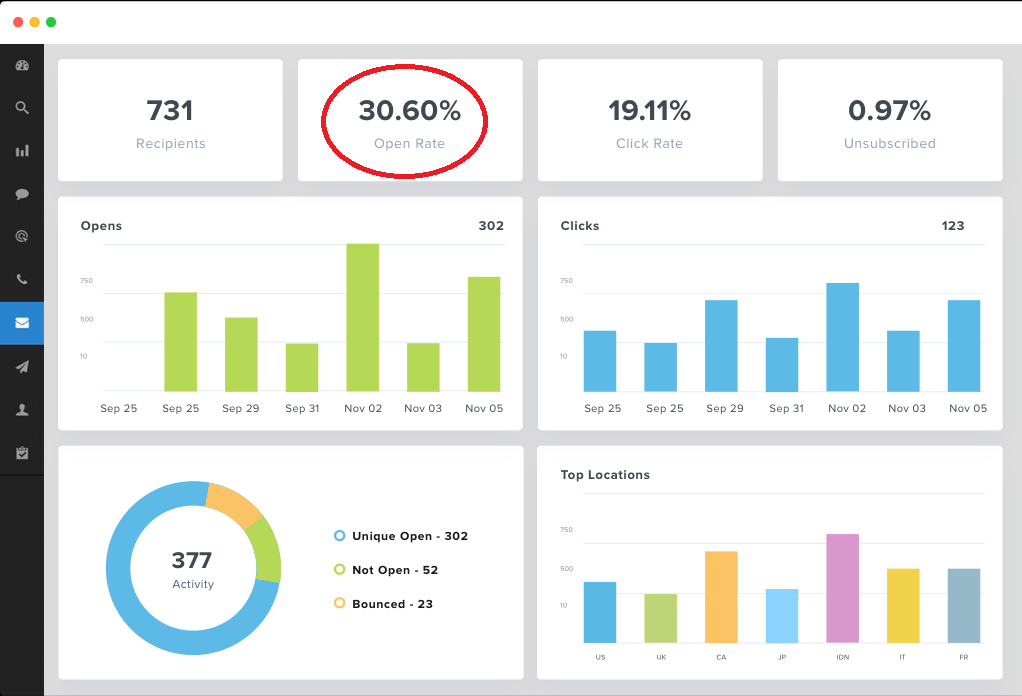
Using Analytics to Refine Your Strategy
By analyzing engagement patterns and audience feedback, you can refine your content repurposing strategy. Identify which platforms and formats yield the best results, and adjust future content plans accordingly.
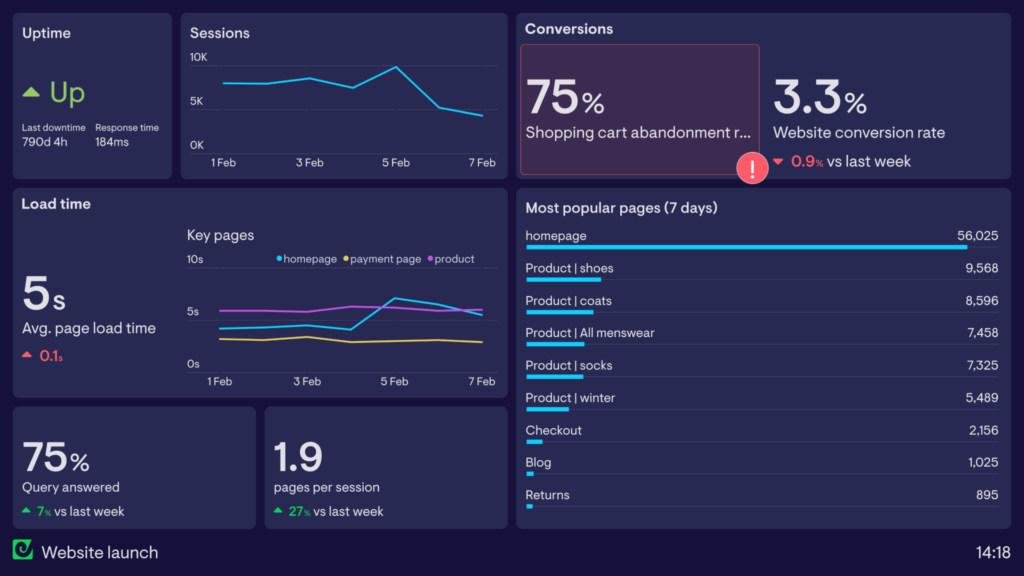
FAQ: Common Questions About Content Repurposing
By embracing content repurposing and refining your approach based on analytics and audience insights, you can maximize the value of each piece, extending its reach and impact. In 2025 and beyond, strategic repurposing remains essential for brands that aim to grow their visibility, engagement, and conversion across the digital landscape.
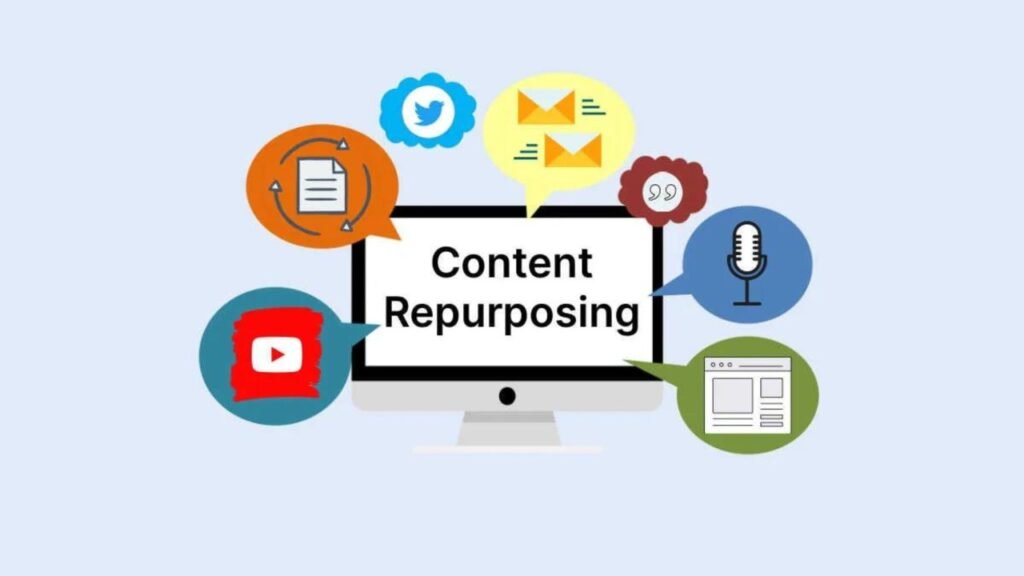
Disclosure: Our blog contains affiliate links to products. We may receive a commission for purchases made through these links. However, this does not impact our reviews and comparisons. We try our best to keep things fair and balanced, in order to help you make the best choice for you.

